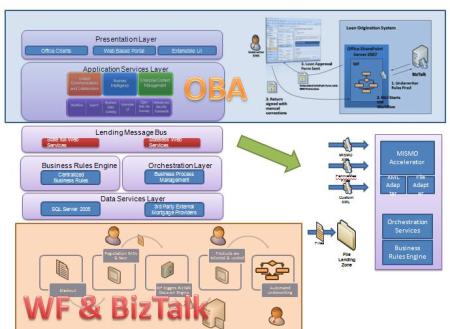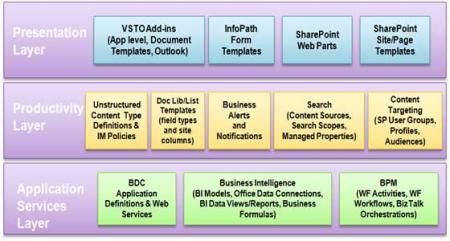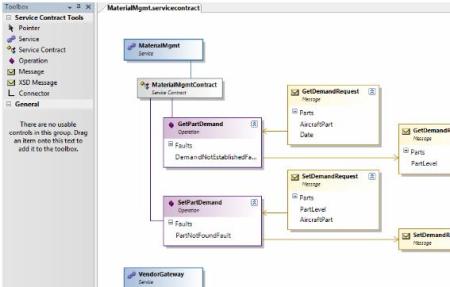The Virtual TS program is a very unique program within Microsoft and has grown from the US to a global level. The VTS Program is sponsored and managed by a global team of Field Program Managers out of the BizTalk Corporate Product Group which is part of the Connected Systems Division.
The Field PM team is comprised of regionalized Program Managers dedicated to assisting customer, partners, and Microsoft in providing world class technical resources for BizTalk. In order to scale their role, the Field PMs enlists highly skilled individuals from the partner community as Virtual BizTalk Technology Specialists to become an extension of the team. The Virtual TS team generally has access to resources that are typically reserved for only the Microsoft internal teams. The group reports directly into Product Engineering, in contrast to Product Marketing and forms a cornerstone of our Advisors, TAP (Technology Adoption Programs), customer programs, release management, and QFE (Quick Fix Engineering).
The Virtual TS program was designed to create a deeper partnership with local Solution Integrators, the Product Team in Redmond and Microsoft customers in the field as well as local Microsoft sales resources. It is designed to enable a high performance team of partner-based resources to deliver pre- and post-sale activities and provide service, support, and integration directly with Corporate and District resources to empower customers and help them meet their integration needs.
“By Microsoft and AIS working together, our hope is that we grow AIS and at the same time, increase the adoption of BizTalk in the Mid-Atlantic District,” said Bashar “BASH” Badawi, Microsoft’s BizTalk Field Program Manager responsible for the VTS program partners in the Mid-Atlantic and Southeast districts. “We believe the BizTalk Virtual TS program provides the right balance of training, Microsoft Corporate Access, Product Group affiliation and escalation paths that will allow AIS to develop a strategic advantage in this space.”



 Posted by scottmchugh
Posted by scottmchugh 

